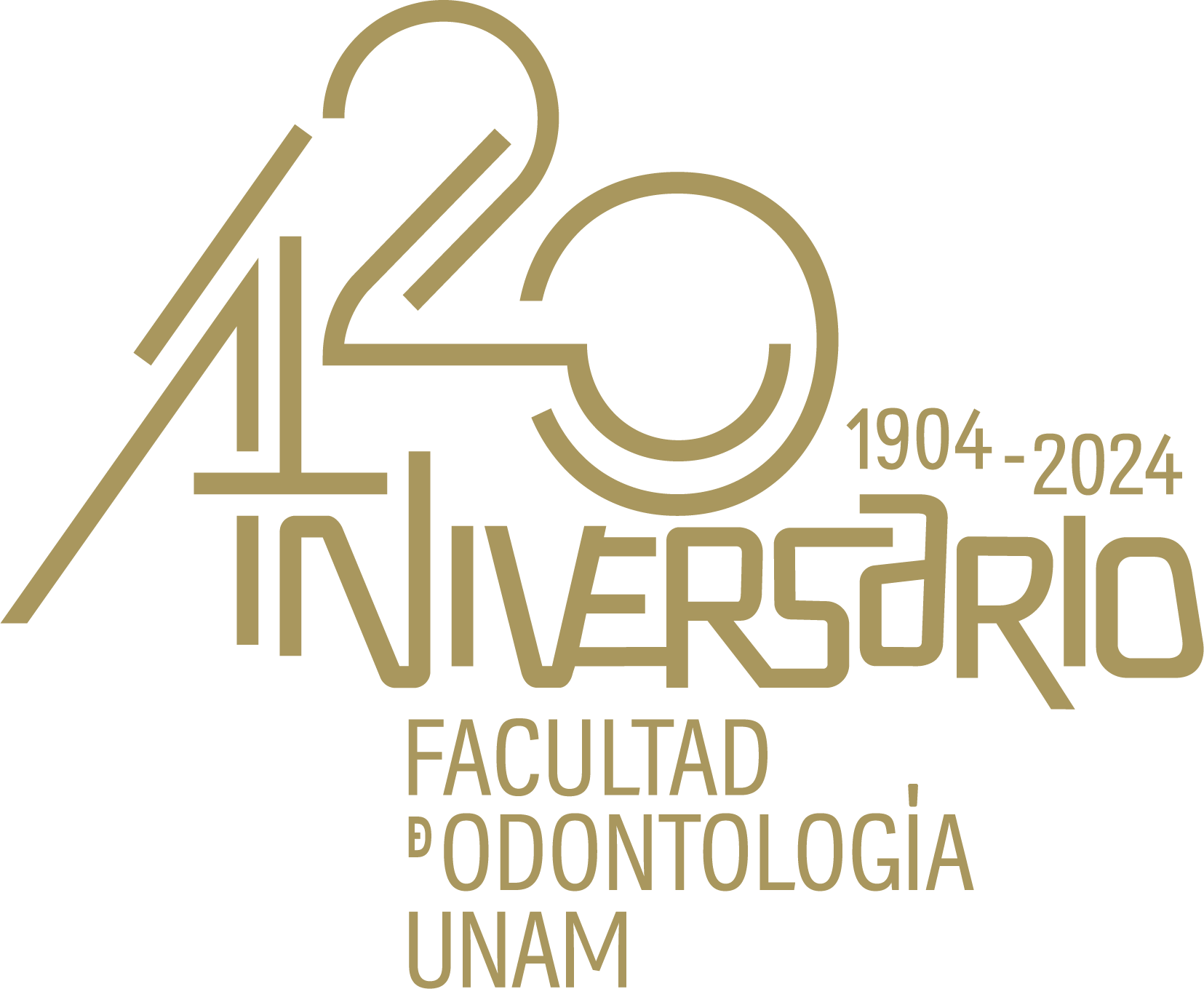Registro completo de metadatos
| Campo DC | Valor | Lengua/Idioma |
|---|---|---|
| dc.rights.license | https://creativecommons.org/licenses/by-nc-nd/4.0/legalcode.es | |
| dc.creator | Velázquez-Serrano, Sayra Nayelli | |
| dc.creator | Medellín-Fuentes, Ricardo | |
| dc.creator | Arenas-Alatorre, Jesús Ángel | |
| dc.creator | Wintergerst, Ana | |
| dc.creator | Rodríguez-Chávez, Jacqueline Adelina | |
| dc.creator | Flores-Ledesma, Abigailt | |
| dc.date.accessioned | 2025-07-04T23:47:47Z | - |
| dc.date.available | 2025-07-04T23:47:47Z | - |
| dc.date.issued | 2023 | |
| dc.identifier.issn | 1870-199X | |
| dc.identifier.uri | https://ru.odonto.unam.mx/handle/123456789/32565 | - |
| dc.description.abstract | Introduction: Mini implants have simplified the biomechanic movements during an orthodontic treatment. The roughness, surface morphology, and individual characteristics relate to the pullout resistance and primary stability of mini implants during dental movement. Objective. To evaluate the surface morphology and the chemical elemental composition of four brands of mini-implants using scanning electron microscopy (sem) and energy-dispersive X-ray spectroscopy (eds). Materials and methods: Four mini-implants commercially available in México (n=5 of each): m.o.s.a.s. (Dewimed®), Implant quick (Borgatta), Vector tas (Ormco™) and OrthoEasy (Forestadent®) were evaluated. Surface morphology was assessed by sem (jeol 5600LV, Japan) with secondary electrons in high vacuum mode (20 keV). eds analyses were performed with 45 readings per group. Results: The analyzed brands presented homogenous polished zones, with few marks of the manufacturing processes. OrthoEasy shows the lowest conicity with 0.02°, followed by Implant quick and Vector tas with 0.04°. The principal element in all brands was Titanium with 84.3-82.8%, the Aluminum content was between 11.3-12.8 %, and the Vanadium content was 4.3-4.4% (anova, p>0.05). Discussion: The percentage of aluminum is higher than the 5.5-6.5% established in the astm F-136-08 standard. It is not a common element in the human body. Conclusion: The main differences in the mini implant morphology are the thread and the form of the tip. The chemical elemental composition is homogeneous, but the aluminum content is higher than the specified by the astm F-136-08 standard. | |
| dc.language | spa | |
| dc.publisher | Universidad Nacional Autónoma de México. Facultad de Odontología | |
| dc.rights | La titularidad de los derechos patrimoniales de esta obra pertenece a las instituciones editoras. Su uso se rige por una licencia Creative Commons BY-NC-ND 4.0 Internacional, https://creativecommons.org/licenses/by-nc-nd/4.0/legalcode.es, fecha de asignación de la licencia 2024-11-11, para un uso diferente consultar al responsable jurídico del repositorio por medio del correo electrónico revodontologicamexicana@gmail.com | |
| dc.subject | mini implantes | |
| dc.subject | MEB | |
| dc.subject | composición química elemental | |
| dc.subject | morfología superficial | |
| dc.subject.classification | Ciencias Biológicas, Químicas y de la Salud | |
| dc.title | Análisis de la morfología superficial de mini implantes ortodóncicos mediante microscopía electrónica de barrido y espectroscopía de rayos X de energía dispersiva | |
| dc.title.alternative | Analysis of the Superficial Morphology of Orthodontic Mini Implants Using Scanning Electron Microscopy and Energy Dispersive X-Ray Spectroscopy | |
| dc.type | Artículo Técnico-Profesional | |
| dcterms.provenance | Universidad Nacional Autónoma de México. Facultad de Odontología | |
| dc.description.repository | Repositorio Universitario de la Facultad de Odontología, https://ru.odonto.unam.mx/ Facultad Odontología | |
| dc.rights.accessrights | Acceso abierto | |
| dc.identifier.url | https://www.revistas.unam.mx/index.php/rom/article/view/82499/79123 | |
| dc.identifier.bibliographiccitation | Velázquez-Serrano, Sayra Nayelli, et al. (2023). Análisis de la morfología superficial de mini implantes ortodóncicos mediante microscopía electrónica de barrido y espectroscopía de rayos X de energía dispersiva. Revista Odontológica Mexicana Órgano Oficial de la Facultad de Odontología UNAM; Vol. 27 Núm. 2, 2023. | |
| dc.identifier.doi | https://doi.org/10.22201/fo.1870199xp.2023.27.2.82499 | |
| dc.relation.ispartofjournal | Revista Odontológica Mexicana Órgano Oficial de la Facultad de Odontología UNAM; Vol. 27 Núm. 2 (2023) | |
| Aparece en las colecciones: | Revistas | |
Los ítems de DSpace están protegidos por copyright, con todos los derechos reservados, a menos que se indique lo contrario.

